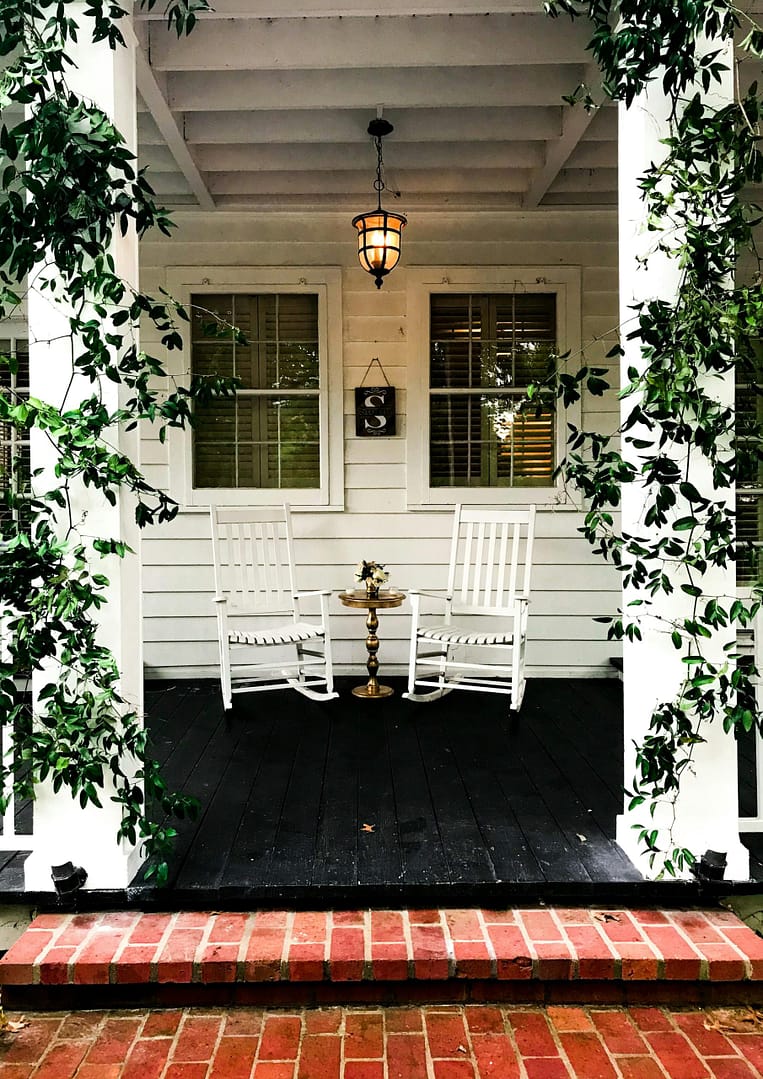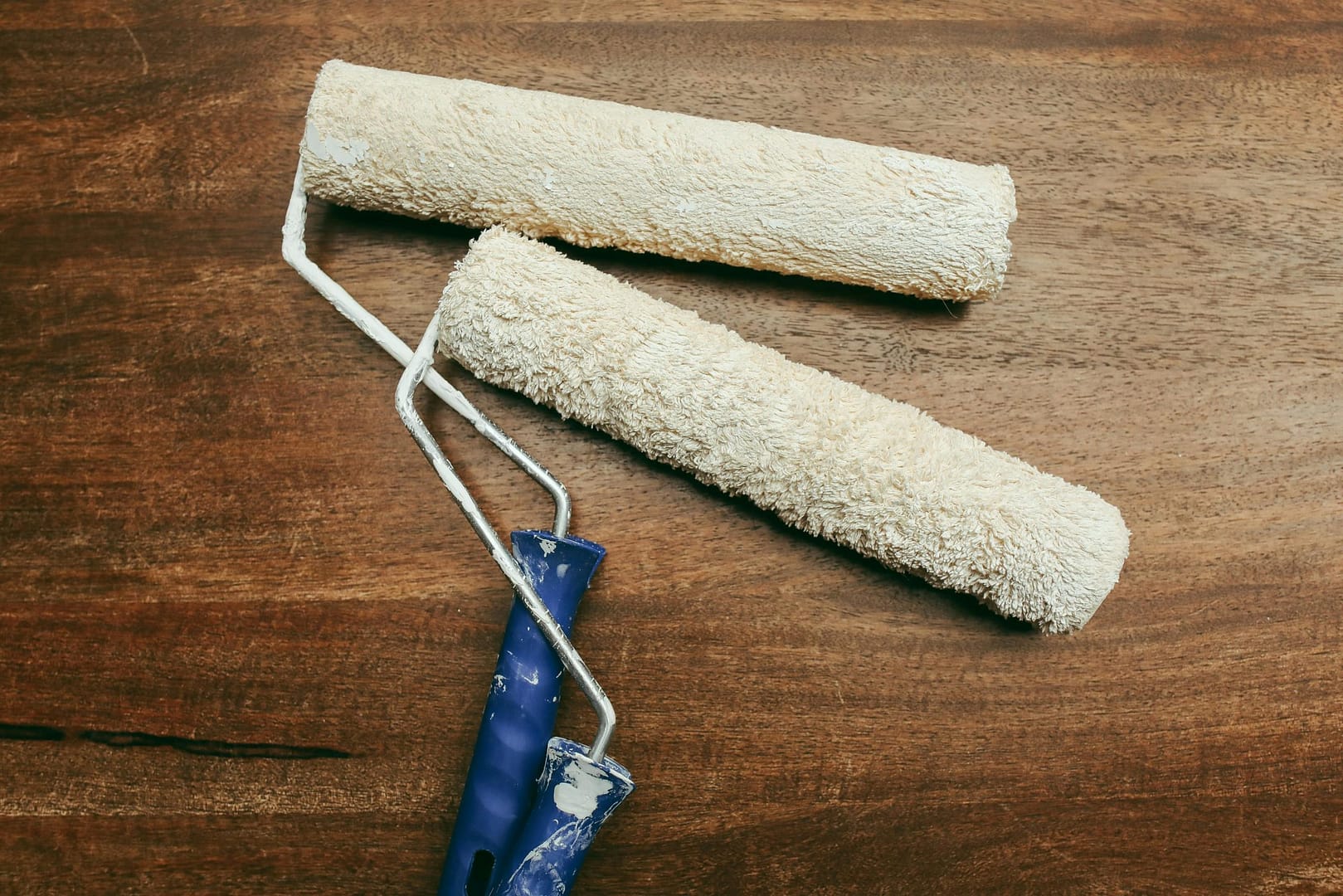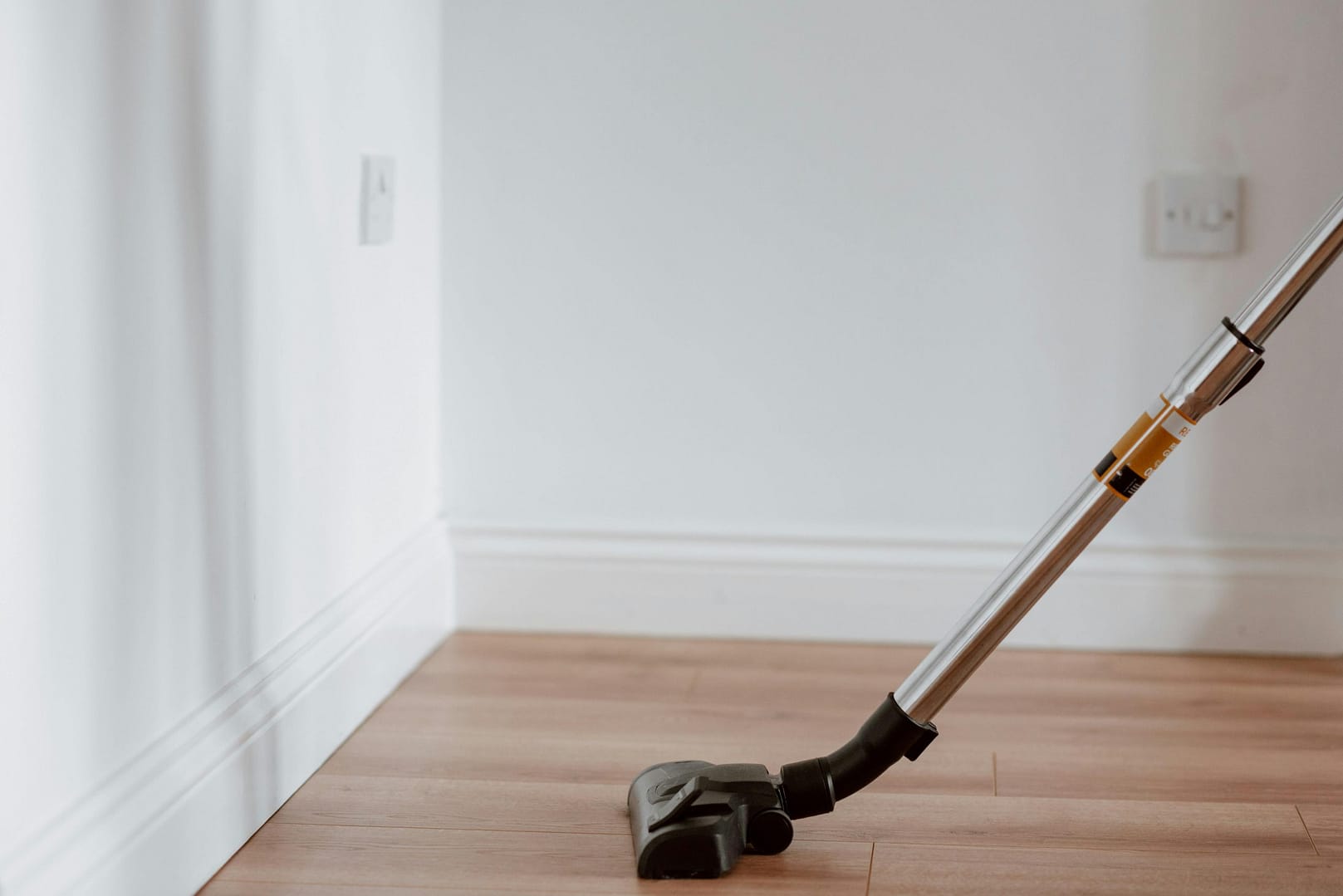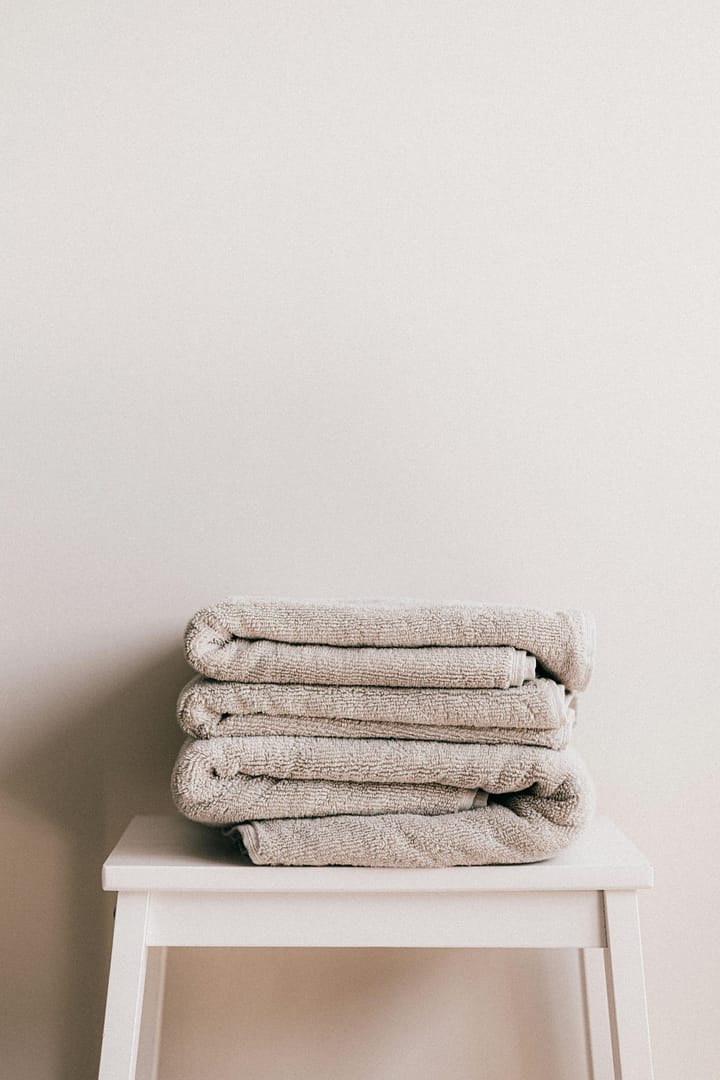You might not realize it, but if you’re constantly tired, sneezing indoors, waking up groggy, getting headaches after cleaning, or wondering why your tap water tastes like a swimming pool—your home might be the real problem. The good news? You don’t need to tear down walls or throw out all your furniture to fix it. Creating a healthy home is less about perfection and more about small, doable changes that actually support your well-being.
Personally? I haven’t had the energy to deep-clean in a week—and I’m okay with that. But I do crack the windows every day, no matter the weather. It’s one simple habit that makes a big difference, especially for someone like me who battles allergies and asthma. This spring, though, I’m going beyond just fresh air. I’m getting serious about building a healthier home, one realistic step at a time—for me and my family (and yes, without losing my mind in the process).
But where do you start? With so much conflicting advice, it’s easy to feel overwhelmed. That’s why I created the Healthy Home Starter Kit, a free, step-by-step guide to help you make simple swaps for a healthier, non-toxic home.
Sign up below to instantly receive the guide in your inbox! In this guide, we’ll cover the five key pillars of a healthy home and practical ways to improve each—no drastic lifestyle overhaul required. Who has the time or energy for that?
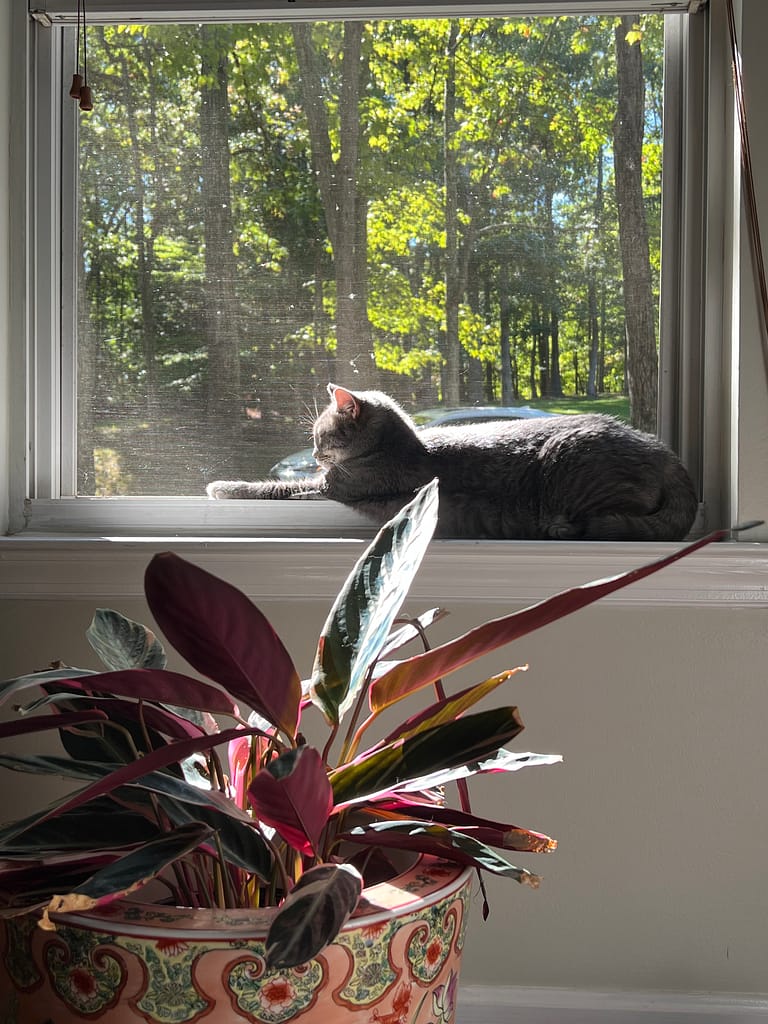
Air Quality: The Foundation of a Healthy Home
One of the most significant factors in a healthy home is air quality. We often take the air we breathe for granted, but the quality of indoor air can have a profound impact on our health. Poor air quality can contribute to respiratory problems, allergies, and even affect sleep quality. Luckily, improving indoor air quality is something we can control. Did you know indoor air can be 2-5 times more polluted than outdoor air? Common culprits include dust, mold, VOCs (volatile organic compounds), and off-gassing furniture. I don’t know about you, but of all the things that put off gas in my house, I wasn’t expecting it to be my furniture!
Small Changes to Improve Air Quality:
- Open your windows daily for fresh airflow. I even do this in the winter when we have random warmer days.
- Add air-purifying plants like snake plants or peace lilies- remember to check plants for pet safety. On of my cats likes to eat pothos which are poisonous. Needless to say, that particular plant is out of reach from my little plant thief.
- Swap artificial air fresheners for essential oil diffusers.
- Invest in a HEPA air purifier to remove pollutants.
Best Products for Cleaner Air:
- Air Purifier -Small, portable, and cleans pollen, dust, and animal dander without breaking the bank- what more could you ask for?
- Beeswax Candles -Naturally purifies the air while burning. Creates a great smelling home, without the harsh chemicals.
- HVAC System Filters– Captures pollen, bacteria, smoke, pet dander, and other allergens while your HVAC system is running
Natural Light: The Power of Sunlight
When I was an ICU nurse, the first thing I would do for my patients each morning is open their curtains and let in the light! In my own home, opening the curtains happens while I wait for the coffee to brew. Natural light is more than just a way to brighten up a room; it has a direct impact on our mood, energy, and sleep patterns. Exposure to natural light helps regulate our circadian rhythms, which in turn affects how well we sleep and how alert we feel during the day. Spending more time in spaces filled with natural light can help boost your mood, improve mental clarity, and support overall well-being.
Steps to Add in More Light
- Maximize Windows: If possible, choose window treatments that allow for ample sunlight to enter the space. Light, sheer curtains or blinds that can be easily adjusted work well.
- Mirrors and Reflective Surfaces: Strategically placing mirrors or using reflective surfaces can help bounce natural light around a room, making it feel brighter and more open.
- Skylights and Sun Tunnels: If you’re building or renovating, consider adding skylights or sun tunnels to bring natural light into darker areas of your home, like bathrooms, hallways, or basements.
- Indoor-Outdoor Connection: Incorporating outdoor spaces, like patios or balconies, with large windows or sliding glass doors can help connect your indoor space with the outside world and bring in more light.
My favorite design tip to add more light
Let’s talk curtains! For the best look, hang the rod close to the ceiling and 6-10 inches beyond the window frame. This maximizes light and makes your space feel larger.
Water Purity: What’s Really in Your Tap Water?
Most tap water contains chlorine, fluoride, heavy metals, and microplastics—not exactly what you want to be drinking. And certainly a hot topic at the moment! According the Purdue University, a study found that water quality changed from room to room and with the seasons. Now I’m fully onboard with changing seasons, the leaves in fall are my favorite, but I am not on board with my water quality changing with the leaves. Filtering your water is one of the simplest and most effective steps for a healthier home.
Easy Water Purity Upgrades:
- Switch to a high-quality water filter.
- Install a shower filter to reduce chlorine exposure.
- Store drinking water in glass or stainless steel containers instead of plastic.
Top Water Filtration Options:
- Waterdrop or Berkey Water Filter- The Water Filter Guru did an amazing analysis of these two products, I highly recommend checking it out if you’re having trouble picking which one is best suited to your needs.
- Clearly Filtered Pitcher – This one had me at “medical-grade materials.” It even filters out those pesky microplastics.
- Shower Filter– Put new life into your skin, hair, and nails while you shower! Best part, it fits your already existing shower system for an easy transformation.
Non-Toxic Cleaning: Ditch the Hidden Toxins
Many conventional cleaning products contain harsh chemicals, artificial fragrances, and endocrine disruptors—oh my! The good news? Non-toxic cleaning is easier and more affordable than ever. But that doesn’t mean you need to replace everything overnight. Small, gradual swaps can still make a big impact. And while non-toxic cleaning is great for everyday use, there are times when stronger disinfectants may be necessary, such as during illness, to effectively control viruses and bacteria. Personally, I keep my Branch Basics right next to the Lysol Wipes- ready for when my 10 year-old step daughter brings home the latest elementary school plague.
According to the Centers for Disease Control and Prevention (CDC), disinfectants like bleach and hydrogen peroxide are recommended in healthcare settings and during outbreaks to reduce the spread of infectious diseases. The key is balance—using powerful disinfectants when needed while making safer choices for daily cleaning.
Simple Non-Toxic Cleaning Swaps:
- DIY All-Purpose Cleaner: White vinegar + baking soda + essential oils.
- Ditch dryer sheets and switch to wool dryer balls.
- Replace chemical-laden cleaning sprays with Branch Basics.
Best Non-Toxic Cleaning Products:
- Branch Basics Starter Kit – One cleaner for everything and everything you need to keep it organized!
- Wool Dryer Balls – Toss the synthetic fragrances and add these to your dryer.
Toxin-Free Materials: What’s in Your Furniture & Decor
The materials and furnishings you choose for your home not only affect its aesthetic but can also impact your health and the environment. Many traditional building materials contain harmful chemicals, such as volatile organic compounds (VOCs), that can off-gas formaldehyde and flame retardants into the air, contributing to indoor air pollution over time.. By choosing sustainable, non-toxic materials, you can create a healthier home while also reducing your carbon footprint.
But none of this means you need to replace everything all at once. Instead, start where you can—airing out new furniture, using air purifiers, and choosing non-toxic options when it’s time to replace or update items. Small, mindful choices, like opting for solid wood over particleboard or swapping out synthetic fabrics for natural ones, can make a big difference over time. Creating a healthier home is a gradual process, not an overnight overhaul.
Easy Swaps for a Healthier Home Environment:
- Choose furniture made from solid wood rather than MDF/particle board.
- Opt for organic or natural fiber rugs (jute, wool, cotton).
- Use beeswax or coconut oil to polish furniture instead of chemical sprays.
IF you’re ready to remodel:
- Low-VOC Paints and Finishes: When painting or finishing your walls, cabinets, or furniture, choose paints and finishes that are low in VOCs (volatile organic compounds). These paints release fewer toxic fumes into the air, making your home healthier.
- Natural Flooring: Consider flooring options like bamboo, cork, or hardwood that are sustainably sourced and free from harmful chemicals. If you’re installing carpet, opt for low-VOC carpets with natural fibers.
- Non-Toxic Insulation: Traditional insulation materials can be harmful to both your health and the environment. Look for non-toxic alternatives, such as cellulose or cotton insulation, which are made from recycled materials and don’t off-gas harmful chemicals.
EMF Exposure: Reducing Digital Pollution
With WiFi routers, smartphones, and smart home devices, we’re constantly exposed to electromagnetic fields (EMFs). While research is ongoing, many experts recommend minimizing prolonged exposure—especially in bedrooms. As radical as it may be, I’m pretty set on not having a TV in our bedroom!
Simple Ways to Reduce EMF Exposure:
- Keep WiFi routers out of bedrooms- Ours is hidden in a small closet behind a giant 6’2″ football mannequin dressed in a Packer’s uniform. I guess that’s what I get for living with Lambeau Leo.
- Use blue light blocking glasses at night.
- Put your phone on airplane mode while sleeping- I have to be honest, I do not do this; however, I’ve been toying with the idea of getting a real alarm clock and leaving my phone in another room overnight. Do they still sell real alarm clocks or has that gone by way of the land-line?
Start Small & Build a Healthier Home
A healthy home isn’t built overnight—it’s a journey of small, intentional choices. Start with one area, then build from there. Need a step-by-step guide? Sign-up to receive the Healthy Home Starter Kit for a checklist, product recommendations, and simple action steps.
Our homes are our sanctuaries, the places where we feel most at ease, relax, and recharge after a long day. They provide us with shelter, security, and comfort. But what if the environment within our homes could also contribute to our overall health and well-being? By opening windows, filtering our air and water, the idea of building a healthy home goes beyond aesthetics or organization—it’s about creating a space that promotes physical, mental, and emotional health. We’ve explored the factors that influence the health of our living spaces. Whether you’re looking for simple swaps. renovating your current home or starting fresh, there are impactful changes you can make to improve the health of your living environment.
What small changes have you made (or want to make) to create a healthier home? What’s been the biggest challenge for you in switching to non-toxic home products? Drop your thoughts in the comments! I’d love to hear about your experiences, challenges, and favorite healthy home swaps. Let’s learn from each other!
